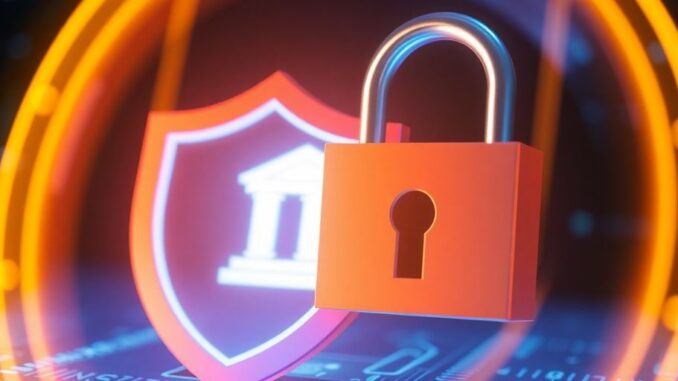
In an era of increasing digital threats, understanding and implementing robust bank account security measures is paramount. As financial transactions move increasingly online, consumers face a growing risk of fraud. This article delves into common types of bank account fraud and highlights essential strategies, including the critical role of two-factor authentication, to safeguard personal finances.
Key Takeaways
- Two-factor authentication (2FA) significantly enhances account security but is not foolproof.
- Common fraud types include check fraud, P2P payment scams, ATM skimming, phishing, and wire transfer schemes.
- Proactive measures like strong passwords, vigilance against suspicious links, and regular account monitoring are crucial.
- Report any suspected fraud immediately to your bank and relevant authorities.
Understanding Bank Account Fraud
Bank account fraud encompasses various illicit activities aimed at stealing money or sensitive information. These can range from traditional methods like check fraud, which involves creating fake checks or altering legitimate ones, to sophisticated digital schemes.
- Check Fraud: Includes forgery, check washing, and check kiting. Financial institutions reported over $688 million in suspicious check-related activity in 2023.
- Peer-to-Peer (P2P) Payment Scams: Often involve impersonation scams where fraudsters pose as bank representatives or government agents to trick users into sending money via apps like Zelle or Venmo.
- ATM Skimming: Involves installing devices on ATMs or payment terminals to steal card data and PINs.
- Phishing: Cyberattacks designed to trick individuals into revealing login credentials or personal information through deceptive emails or texts.
- Wire Transfer Scams: Often exploit urgent situations, such as fake family emergencies or classified ad schemes, to prompt victims into sending money via wire transfers.
Enhancing Security with Two-Factor Authentication
Two-factor authentication (2FA), also known as multifactor authentication, adds a vital layer of security to online accounts. It typically combines something you know (like a password) with something you have (like a code sent to your phone or an authenticator app).
While 2FA is a strong deterrent, its effectiveness can vary. Security experts warn that SMS-based codes are increasingly vulnerable due to SIM swapping and interception. More secure methods include authenticator apps or hardware security keys. Even with 2FA, maintaining strong, unique passwords and being cautious about suspicious links remain essential.
Protective Measures and What to Do If Victimized
Preventing fraud requires a multi-faceted approach:
- Strong Passwords: Use a complex mix of letters, numbers, and characters, and avoid reusing passwords across different accounts.
- Vigilance: Be wary of unsolicited communications asking for personal information or urging immediate action. Always verify requests through official channels.
- Account Monitoring: Regularly review bank statements and transaction history for any unusual activity.
- Secure Devices: Keep operating systems and security software updated to patch vulnerabilities.
- Cardless Access: Utilize cardless ATM features when available to avoid skimming risks.
If you suspect you’ve been a victim of fraud, act immediately. Contact your bank to report the incident and inquire about reversing transactions. Filing a report with the Federal Trade Commission (FTC) and local law enforcement can also aid in recovery and investigation.
Staying Safe in the Digital Age
As technology evolves, so do the methods employed by fraudsters. Staying informed about common scams and consistently applying security best practices are the most effective ways to protect your bank accounts and financial well-being.

